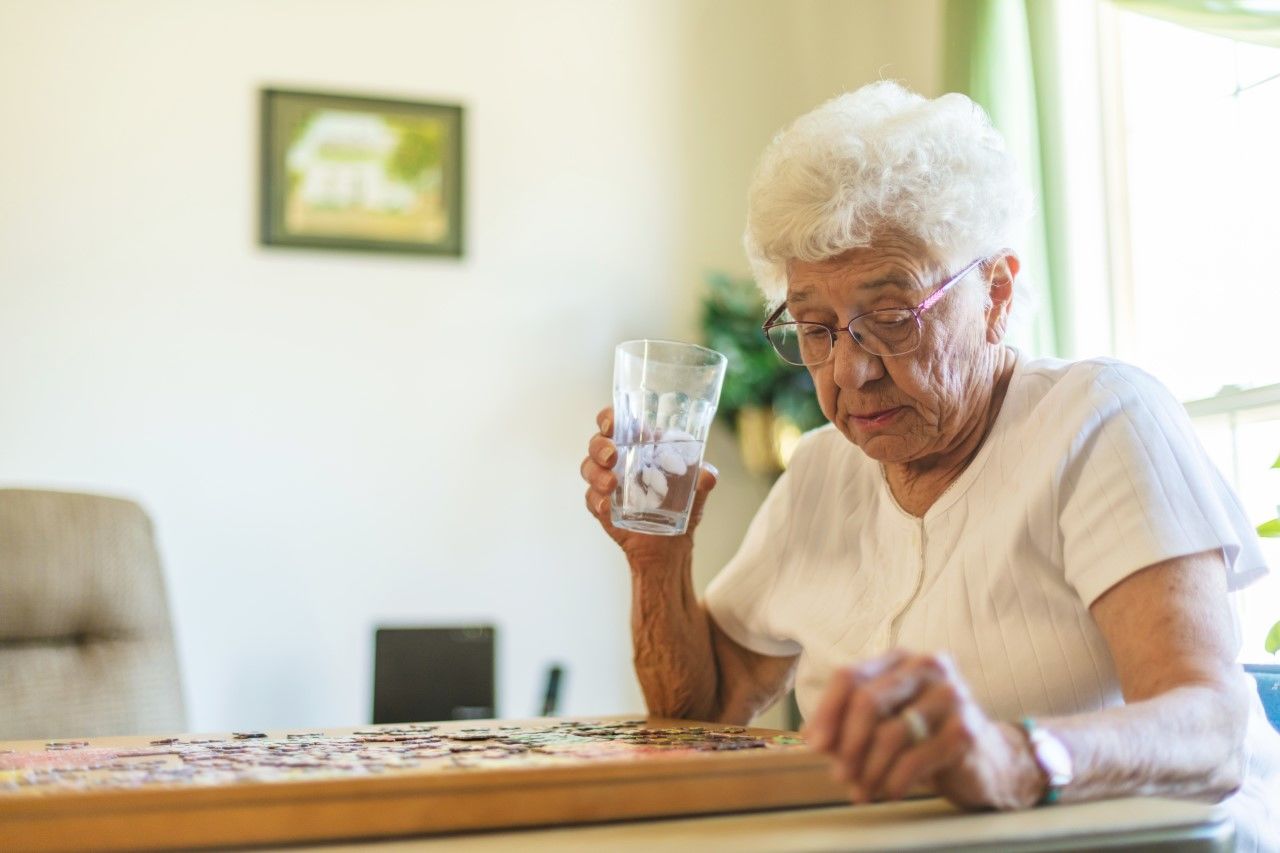Power price rises spark greater consumer risk
The electricity regulator predicts more consumers will struggle with power price rises. So, what is it doing about it?

Key points
- Electricity regulator releases strategy to better support vulnerable consumers.
- Price rises will increase the number of vulnerable consumers.
- Low-income consumers are disadvantaged in the move to net zero emissions.
More households will be doing it tough paying their energy bills over the next few years as electricity costs are predicted to rapidly rise.
In the budget, the Treasurer warned we could be paying up to 56 per cent more for our electricity next year.
The Australian Energy Regulator (AER) has called for significant reforms to the way energy systems approach customer vulnerability.
AER Chair Ms Clare Savage said the new consumer vulnerability strategy recognises that Australia’s energy market is growing ever more complex and impenetrable for many in our society.
She said the energy sector had focused on addressing payment difficulties, but that is just the beginning when it comes to improving outcomes for consumers experiencing vulnerability.
The strategy, Towards energy equity: A strategy for an inclusive energy market, details 15 actions to:
- Tackle market complexity.
- Remove barriers to participation.
- Increase protections.
- Improve affordability for consumers by reducing retailers’ costs to serve customers.
The AER says the strategy seeks to tackle the enduring issues preventing people from getting what they need from Australia’s energy system and reduce retailers’ overall costs from supporting consumers experiencing vulnerability.
The AER aims to balance cost and risk within the energy sector so that consumers experiencing vulnerability are identified early and get the support they need to improve outcomes.
“It’s critical that consumers are not left behind and that they feel confident that Australia’s transitioning energy sector is working for them” Ms Savage said.
The Towards energy equity strategy identifies five core objectives and 15 actions that will be undertaken in the next three years. They are to:
- Improve identification of vulnerability.
- Reduce complexity and enhance accessibility for energy consumers.
- Strengthen protections for consumers facing payment difficulty.
- Use the consumer's voice and lived experience to inform the regulatory design and change balance affordability and consumer protections by minimising the overall cost to serve.
AER research found that 44 per cent of Australians have literacy levels below what is needed to get by in everyday life, one in five have a disability, and almost half the population will live with mental ill-health issues at some point in their life.
AER said COVID-19 demonstrated that life could make us vulnerable at any time. Unexpected life events can lead to mounting bills, debt, and great despair.
The average debt of customers on hardship programs is around 30–40 per cent higher as of June 2022 compared to pre-pandemic levels.
Around 2.7 per cent of residential energy consumers have debt longer than 90 days, and the average debt is $1,000. By the time people have access to a hardship program, that average debt has often grown to more than $1,700. For a quarter of those customers, the debt is greater than $2,500.
Consumers experiencing vulnerability are less able to adopt technology and modify their energy use in response to higher prices, and are less able to shop around for a cheaper deal.
The regulator has also identified low-income households as bearing the brunt of the energy transition to net zero by 2050, saying poorer homes could not afford to buy rooftop solar or batteries.
“The way people avoid rising energy costs by installing solar and batteries and sophisticated demand management, those opportunities are not necessarily readily available for households who might be in low-income housing,” Ms Savage said.
"It is certainly difficult if you are relying on understanding a complex system.”
She backed calls for the federal government to subsidise households to help reduce the nation’s carbon emissions.







